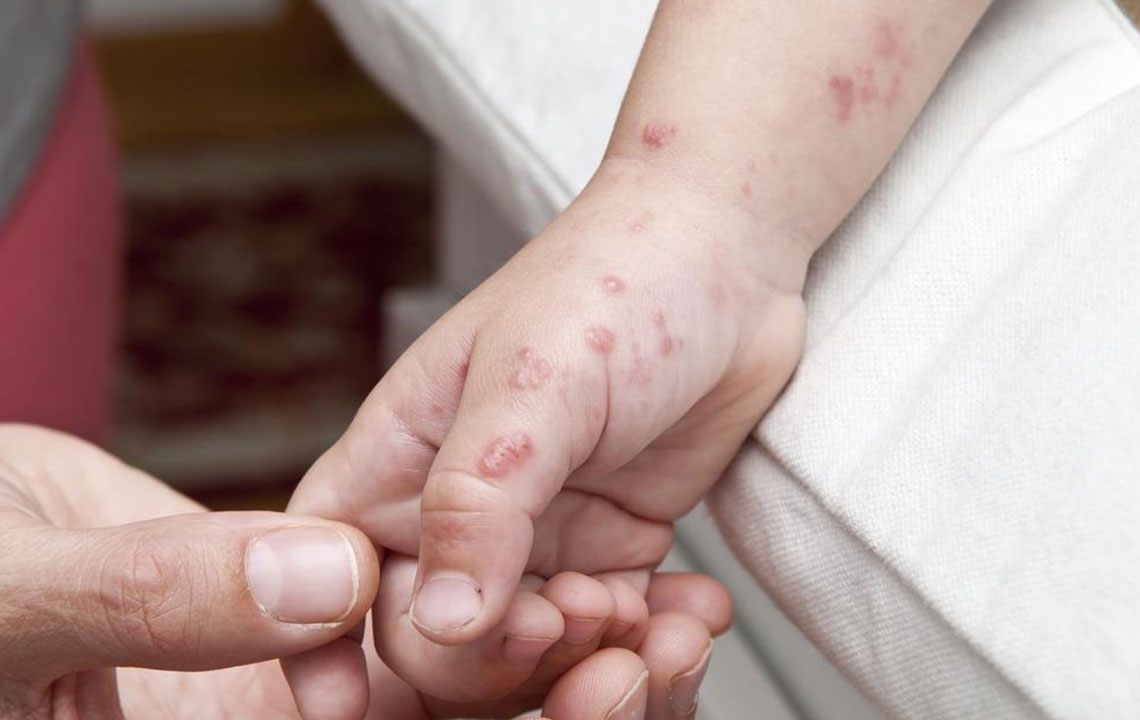Effective Natural Ways to Relieve Shingles Pain and Discomfort
Discover effective natural remedies to ease shingles discomfort. From soothing baths to dietary tips, learn how to manage pain and promote healing naturally alongside medical treatments. Proper skin care, immune support, and gentle remedies can significantly improve quality of life during a shingles outbreak. Consult healthcare professionals for personalized advice and avoid secondary infections or complications.

Effective Natural Ways to Relieve Shingles Pain and Discomfort
Shingles, medically known as herpes zoster, affects millions worldwide, particularly older adults and those with weakened immune systems. According to the Centers for Disease Control and Prevention (CDC), about one-third of people will experience shingles at some stage in their lives. This viral infection results from the reactivation of the varicella zoster virus, the same pathogen responsible for chickenpox. After one recovers from chickenpox, the virus doesn't fully leave the body; instead, it remains dormant in nerve tissue. Under certain circumstances, such as age-related immune decline or stress, the virus can reactivate, leading to shingles outbreaks.
While conventional medical treatments focus on symptom management, many individuals are interested in exploring natural remedies to alleviate discomfort and support recovery. Although there is currently no definitive cure for shingles, combining medical treatment with natural home remedies can significantly improve quality of life during an outbreak. These remedies aim to soothe irritated skin, reduce pain, and prevent secondary infections. However, it is crucial to recognize that shingles lesions are contagious, and proper hygiene must be maintained to prevent spreading the virus to others, especially those who have not had chickenpox or are immunocompromised.
Medical interventions such as over-the-counter analgesics, prescription corticosteroids, opioids, anticonvulsants, and antidepressants are often used to manage shingles pain. However, many patients seek natural, home-based solutions to complement their treatment. These remedies can effectively soothe the skin, decrease itching, and reduce inflammation, providing relief from the burning sensation typical of shingles. It is essential for patients to understand that while these natural methods can be beneficial, they should be used in conjunction with medical advice, especially in severe cases or if complications arise.
Here are some comprehensive natural approaches that may help alleviate shingles discomfort:
1. Soothing Baths for Skin Relief
Maintaining skin hygiene by cleaning blisters daily helps to prevent infections. Taking a cool or lukewarm bath can be tremendously soothing, especially when infused with natural ingredients. Add 1 to 2 cups of colloidal oatmeal or finely ground cornstarch to the bathwater for their anti-inflammatory and itch-relieving properties. Essential oils such as tea tree oil or lavender oil can also be added for their antimicrobial and calming effects. Avoid hot water, which can aggravate inflammation, and instead soak for 15-20 minutes. After bathing, gently pat your skin dry with a soft towel, avoiding rubbing to prevent further irritation or skin breakdown.
2. Applying Cold Compresses
Cold compresses are an excellent method to reduce pain, swelling, and itching. Use a soft, clean cloth soaked in cold water, wring out the excess moisture, and apply gently to the rash area. Repeat this several times a day, making sure to avoid applying excessive pressure that could rupture blisters prematurely. Be cautious to keep the compress clean and avoid reusing it on uninfected areas to prevent secondary infections.
3. Baking Soda and Cornstarch Paste
Creating a paste with baking soda or cornstarch mixed with water can help relieve itchiness and soothe irritated skin. Apply a thin layer of the paste directly onto the affected area, and if necessary, cover lightly with a non-adhesive bandage to prevent the paste from rubbing off. This simple remedy provides a cooling effect that can significantly diminish discomfort.
4. Natural Lotions and Creams
Using soothing lotions containing aloe vera or natural oils can prevent scratching, which might cause scarring or secondary infections. These products do not cure the rash but can temporarily provide relief from itching and burning sensations. Opt for products that are free from harsh chemicals to avoid additional skin irritation.
5. Loose Clothing for Skin Comfort
Wearing loose, breathable fabrics made of cotton, linen, or bamboo helps minimize friction and irritation on sensitive skin. Avoid tight-fitting garments that can rub against the rash, worsening pain or delaying healing. Proper clothing supports faster skin recovery and reduces discomfort during daily activities.
6. Nutritional Support for Immune Boosting
Strengthening the immune system plays a vital role in managing shingles. Incorporate foods rich in Vitamins A, B-12, C, D, and E, along with amino acids like lysine. Nutrient-dense foods such as citrus fruits (oranges, lemons), leafy greens (spinach), lean meats, eggs, poultry, wild-caught fish, dairy products, whole grains, and legumes can bolster your immune defenses. Conversely, it’s advisable to limit intake of foods high in sugar, refined carbohydrates, saturated fats, and foods rich in arginine—an amino acid that might promote viral activity—such as nuts, chocolate, and seeds.
While these natural remedies can be highly beneficial, it is important to seek medical advice if symptoms worsen or persist beyond a few weeks. In some cases, natural remedies might not provide enough relief, especially if shingles leads to complications like postherpetic neuralgia, a condition characterized by persistent nerve pain that can last months or even years. A healthcare provider can tailor treatment plans, prescribe antiviral medications, or recommend more intensive therapies if necessary.
In conclusion, managing shingles involves a combination of medical care and supportive natural remedies. Proper hygiene, skin care, nutritional support, and gentle treatments can significantly improve comfort and promote faster healing. Always consult with healthcare professionals to ensure treatment safety and effectiveness, particularly for complicated or prolonged cases.




